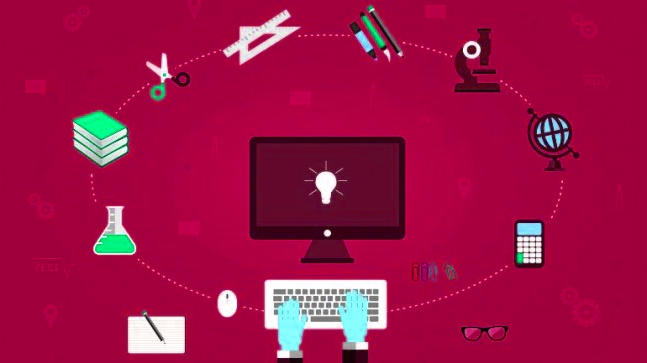Data Streaming Explained

Data streaming is the process of a continuous flow of data from source to destination at a steady pace and really high speed. The interesting thing about data streaming is that the source and destination are not restricted to be singular in the process of transferring data. Speed is of the essence here and the data packages are sent in real-time.
The process of data streaming occurs in a wide variety of ways in our everyday life. We are streaming data while using our mobile applications, making an online purchase, performing any task in an online game, using social media, making a payment online or through a debit/credit card, enabling location on your device, and all similar activities that happen without any intrusion.
To get a better understanding of data streaming, it is crucial to figure out how exactly it works. The whole idea of streaming represents that it is an uninterrupted flow of data that can be accessed and changed without downloading it first. The Kafka stream processing technology allows you to process, store, analyze, and act upon data streams instantaneously. On a side note in case, you need to learn Apache Kafka in a detailed and easy-to-understand language then check here.
The streaming of data is the most commonly used data in two ways. Firstly, Streaming of media, specifically video, and secondly, real-time analytics. The video streaming part is self-explanatory for most people, and examples of real-time analytics are log files, live weather updates, online shopping, activities on servers, geopositioning of people and places, etc.
Unlike other technologies, data streaming also requires a proper architecture for its work. The architecture of data streaming has mainly four processes through which we can even build our own data stream. Firstly, it starts with the building of a stream processor or a device used to stream data. The tools for building the stream processors are Amazon MSK, Amazon Kinesis, etc. Next comes the process of querying the streaming data which can be done via Amazon Kinesis Data Analytics, Google Bigquery, etc. Thereafter comes the result of the queries done in the above stage, so that the user can be informed about it. Finally comes the storing of the streaming data which can be done using Amazon S3, Google storage, etc.
With an evergrowing amount of data, it has become quite complicated to maintain data integrity, along with proper structuring and to keep up with the speed and vast size of data. Despite the presence of traditional methods of processing data, streaming data architecture has proven to be a more reliable solution to enhance the ability to access data in motion instantly.
Components of Data streaming
The smooth mechanism of data streaming relies on the following key components:
The Message Broker
This is one of the main building blocks of the data streaming architecture It grabs the data from its source, called a producer, and transforms it into an acceptable format to stream it without any hindrance.
It begins the process of transferring data and enables all the related components to intake the message that was initiated earlier.
Stream processors are much more efficient messaging platforms that have enhanced streaming dramatically in comparison to the first generations of message brokers.
Batch and real-time ETL tools
The streaming data must be in the proper structure before it is analyzed using the SQL analytic tools. This structuring of data is done by an ELT tool which has a few steps. The procedure followed is that the ELT Tool receives the queries from the user. Then from the message queue, the events are fetched, and then finally it is implemented to generate the desired result. The most common open-source ELT tools are Apache Storm, Spark Streaming, and WSO2 Stream Processor.
Data Analytics / Serverless Query Engine
When the streaming data is prepared, then for the best results, the data has to be analyzed. The main tools used for data analysis of streaming data are Amazon Athena which uses Distributed SQL Engine as its streaming use case. Next is Amazon Redshift which uses a data warehouse as its streaming use case. Another one is Elasticsearch whose streaming use case is Text Search.
Streaming Data Storage
There are various options for storing the streaming data such as In a data warehouse, for example, PostgreSQL, next in the message broker, for example using Kafka persistent storage. Next is the data lake, for example, Amazon S3.
You may also like: Computer software for monitoring Windows computers
Uses
- The key function of data streaming is that it allows companies to keep an eye on all their activities in real-time.
- Instead of storing the data and scanning through all of it at the time of need, it allows you to access the exact information you need to access at that moment of time.
- Data streaming is used for the Internet of things (IoT) and it studies the pattern over time.
Benefits of Data Streaming
- It supports low-cost infrastructure making it more relevant than ever. Traditionally it was a burden to store the data but with the help of data streaming the cost of hardware is reduced.
- Customer satisfaction has increased evidently. With the data streaming, the customers are satisfied as their problems can be sorted in real-time.
- The questionable losses such as financial meltdowns, customer dissatisfaction, etc. can be reduced using data streaming.





